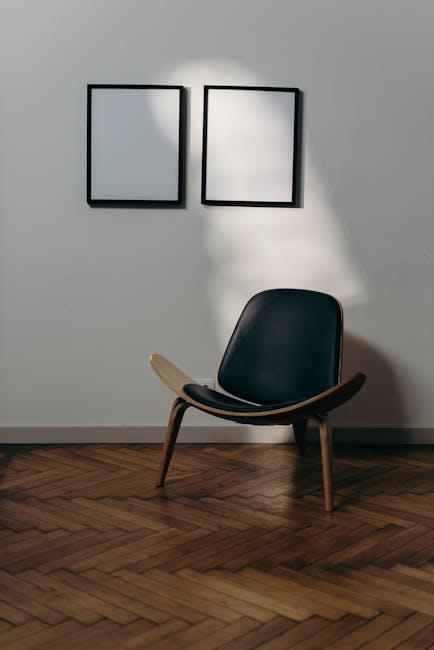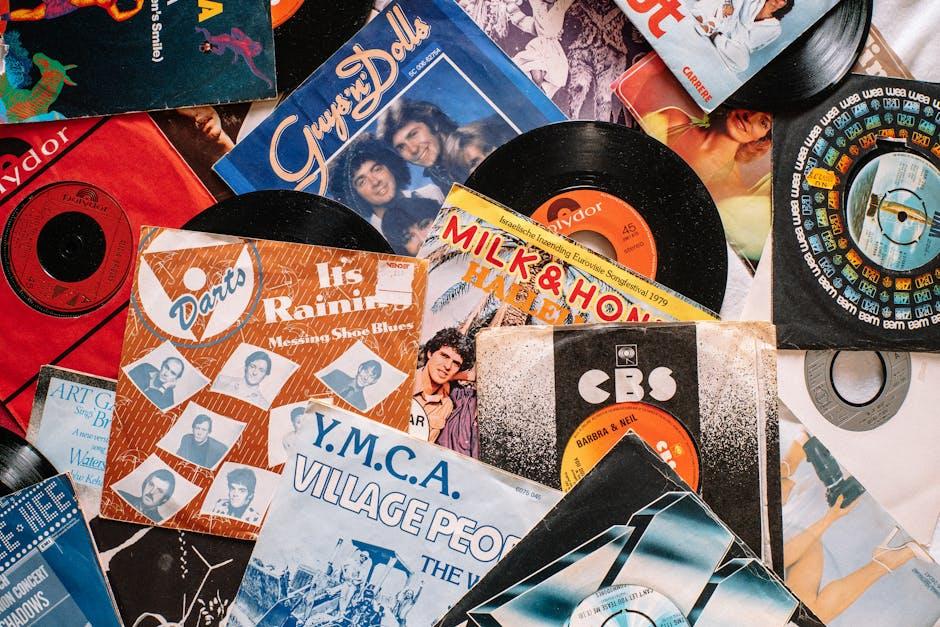In the ever-evolving landscape of cinema, the roots of modern filmmaking can be traced back to the pioneering techniques of classic films. These early cinematic masterpieces laid the groundwork for visual storytelling, establishing methods and conventions that continue to shape the industry today. From innovative camera work to groundbreaking special effects, classic films introduced techniques that have become indispensable tools for filmmakers. This article delves into the enduring legacy of these early cinematic innovations, exploring how they have been adapted and refined over the decades to influence contemporary filmmaking. With a confident lens, we will uncover the timeless techniques that have transcended their origins, proving that the past is not just a precursor but a continual source of inspiration for the future of cinema.
The Birth of Cinematic Language: Techniques from the Silent Era
The silent era laid the groundwork for the visual storytelling techniques that continue to define cinema. Montage, pioneered by filmmakers like Sergei Eisenstein, transformed simple sequences into dynamic narratives, allowing directors to convey complex ideas through juxtaposition. This technique still underpins modern film editing, enabling directors to craft emotional and intellectual resonance without a single line of dialogue.
Additionally, the use of expressive lighting and set design became crucial in the absence of spoken words. Directors like F.W. Murnau and Fritz Lang utilized shadows and light to create mood and atmosphere, a technique that has evolved into today’s sophisticated cinematography. Key techniques from this era include:
- Close-ups: Bringing the audience closer to the characters’ emotions.
- Visual Metaphors: Using imagery to represent complex themes.
- Physical Acting: Relying on exaggerated gestures to convey emotion and intent.
These innovations forged a cinematic language that transcends cultural and linguistic barriers, forming the bedrock of film artistry today.

Innovative Storytelling: The Impact of Classic Editing Styles
The magic of classic cinema lies in its groundbreaking editing techniques, which have shaped the narrative landscape of modern filmmaking. Continuity editing, for example, creates a seamless narrative flow, guiding audiences through a story with an invisible hand. This style, perfected by early auteurs, established the foundation for coherent storytelling, ensuring that each cut served the narrative rather than distracting from it.
Another pivotal technique is the use of montage, a powerful tool that compresses time and conveys complex ideas with a series of rapid, juxtaposed images. Originated by Soviet filmmakers, this approach allows for emotional and intellectual connections to be made swiftly, without the need for dialogue. Today, these classic editing styles are evident in a variety of modern genres, influencing everything from action-packed sequences to emotionally charged dramas. Key elements include:
- Match Cuts: Aligning different scenes to create a visual or thematic link.
- Cross-Cutting: Building suspense by interweaving multiple storylines.
- Jump Cuts: Creating a jarring, energetic pace by cutting between scenes abruptly.

Lighting the Scene: Mastering Mood and Atmosphere in Classic Films
In the golden era of cinema, filmmakers mastered the art of using light to evoke emotion, creating unforgettable moods and atmospheres that still resonate today. Classic films like “Casablanca” and “Citizen Kane” utilized chiaroscuro lighting to craft dramatic contrasts, highlighting the tension and complexity of their narratives. This technique, characterized by stark differences between light and shadow, has become a staple in modern filmmaking, enhancing the psychological depth of scenes.
Directors of the past also employed soft lighting to convey romance and nostalgia, a technique visible in movies such as “Gone with the Wind.” This approach involves diffusing light to reduce harsh shadows, creating a dreamy and ethereal quality. Today, filmmakers continue to use these lighting techniques, drawing from the classics to influence contemporary storytelling. Key elements include:
- Silhouettes: Creating mystery and intrigue by lighting from behind.
- Color temperature: Using warm or cool tones to set the scene’s emotional tone.
- Practical lighting: Incorporating on-set light sources like lamps to add realism.

Timeless Influence: How Vintage Sound Design Shapes Modern Cinema
In the realm of modern cinema, the echoes of vintage sound design are both profound and pervasive. The meticulous layering of audio elements in classic films like Citizen Kane and Metropolis has set a benchmark for storytelling through sound. These pioneering works utilized innovative techniques that continue to influence contemporary filmmakers. For instance, the use of diegetic and non-diegetic sounds creates a seamless narrative experience, guiding the audience’s emotional response and enhancing the cinematic world.
- Dynamic Soundscapes: Early films mastered the art of creating immersive environments, using sound to expand the visual narrative beyond the screen.
- Symbolic Audio Cues: Classic cinema often employed recurring motifs and themes, using sound to foreshadow events or signify character development.
- Innovative Foley Techniques: The ingenuity of early sound designers in crafting everyday sounds has laid the groundwork for the richly textured audio found in today’s films.
These elements, though rooted in the past, continue to inform the auditory aesthetics of modern filmmakers, proving that vintage sound design is not merely a relic but a vibrant influence on contemporary storytelling.

